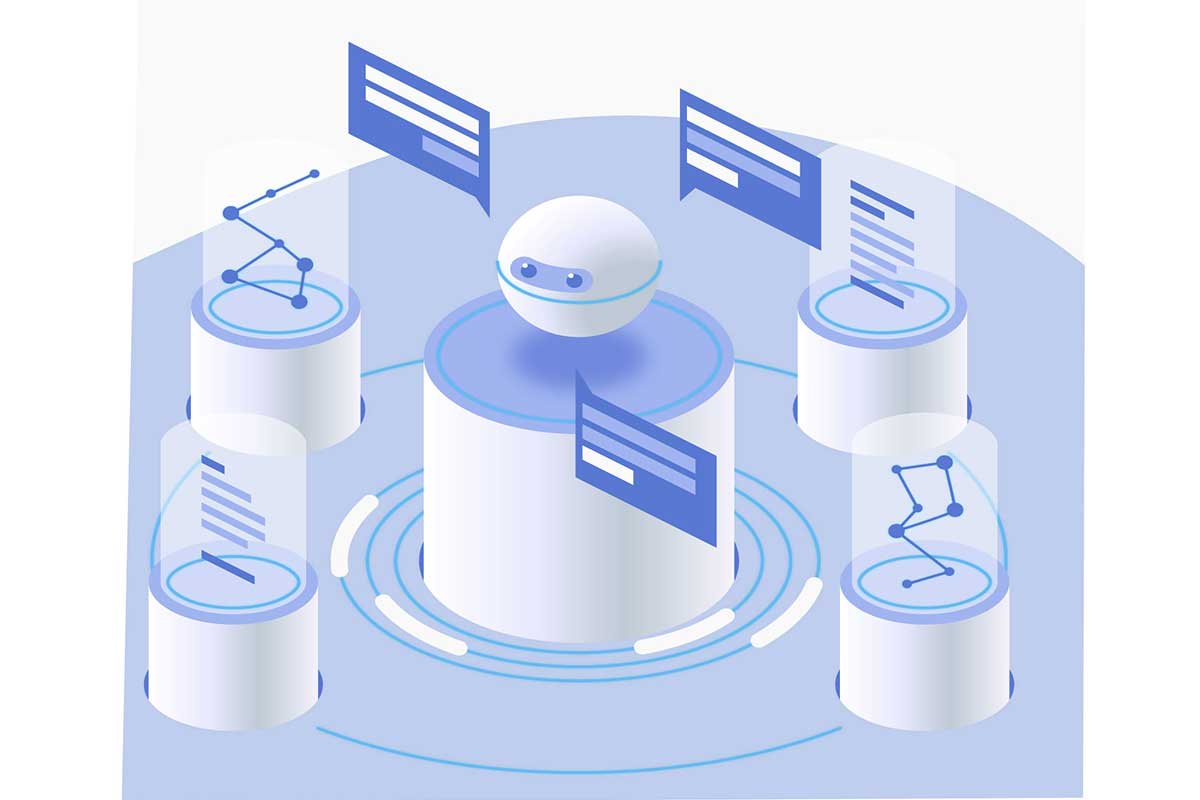
Self-Supervised Learning
Self-Supervised Learning is an emerging field in machine learning that lies between supervised and unsupervised learning. The idea is to generate labels from the data itself, allowing the model to learn useful representations without manual labeling.
In self-supervised learning, models solve pretext tasks—artificial tasks where the correct answer is known—before being fine-tuned for downstream tasks. For example:
In computer vision, models predict missing parts of an image (like solving a puzzle).
In natural language processing (NLP), models predict missing words in a sentence (as used in models like BERT).
Popular techniques include:
Contrastive Learning: Learning by comparing similar and dissimilar data points.
Masked Language Modeling: Predicting masked tokens in a sentence.
Self-supervised learning has achieved impressive results in NLP, computer vision, and speech recognition.
